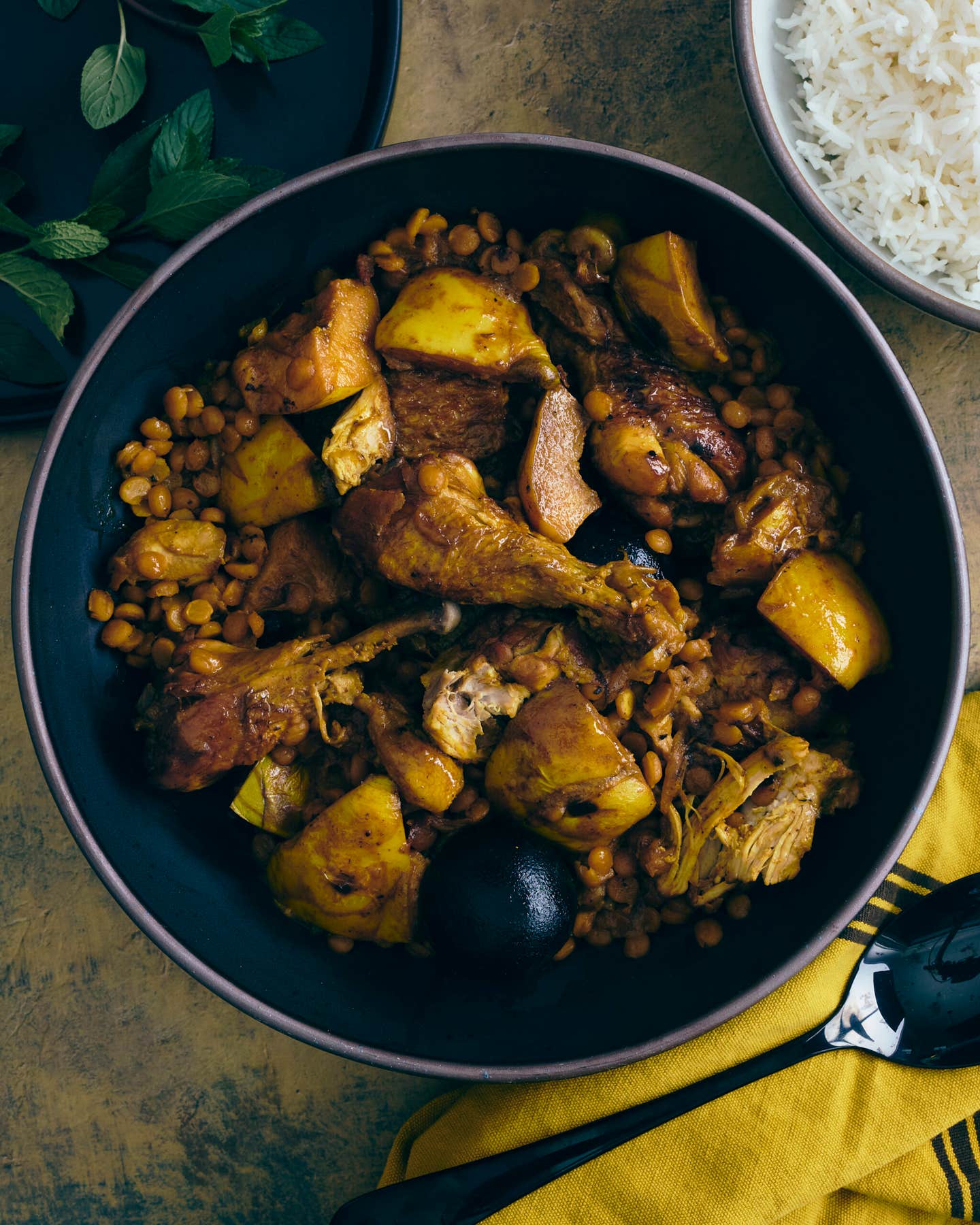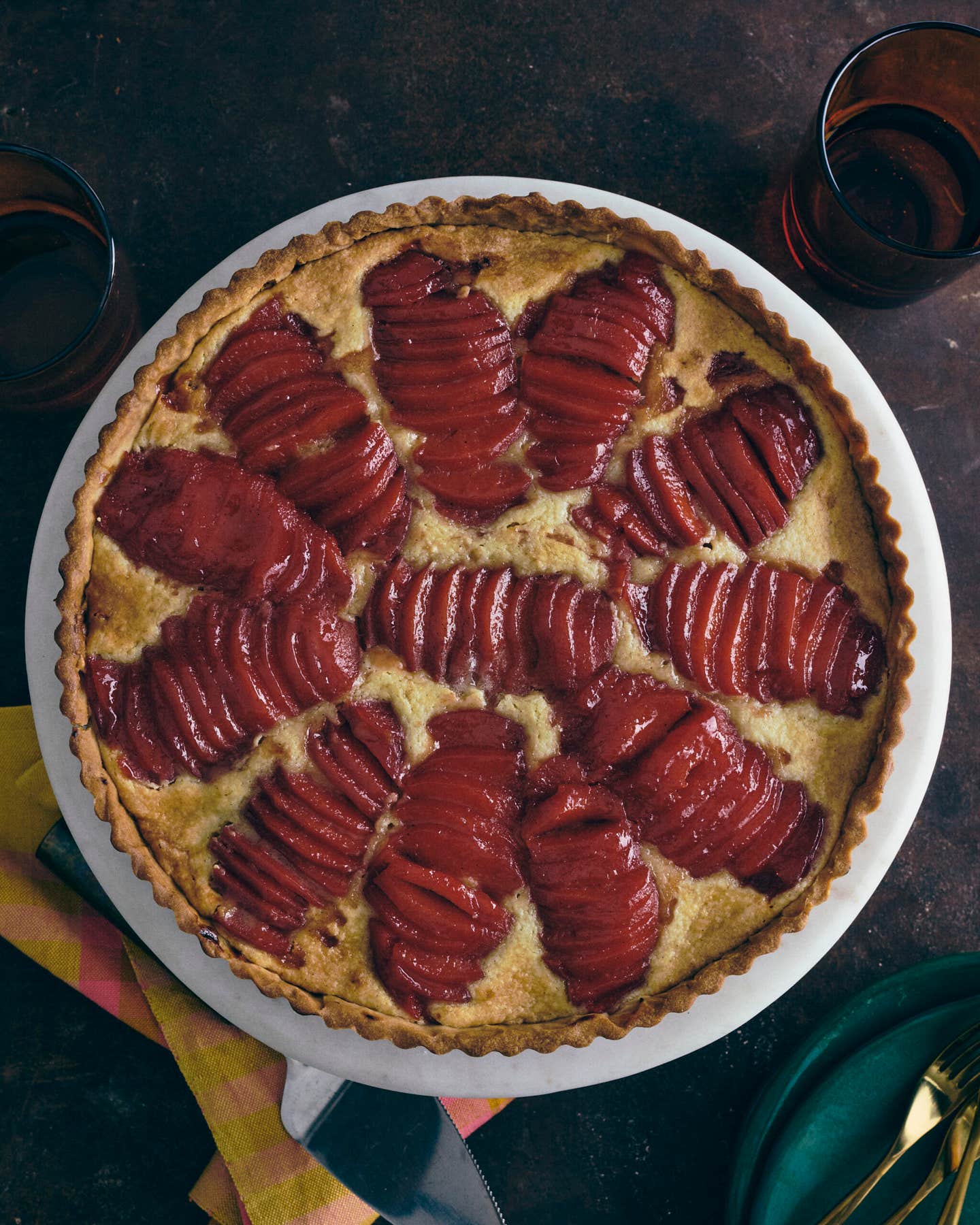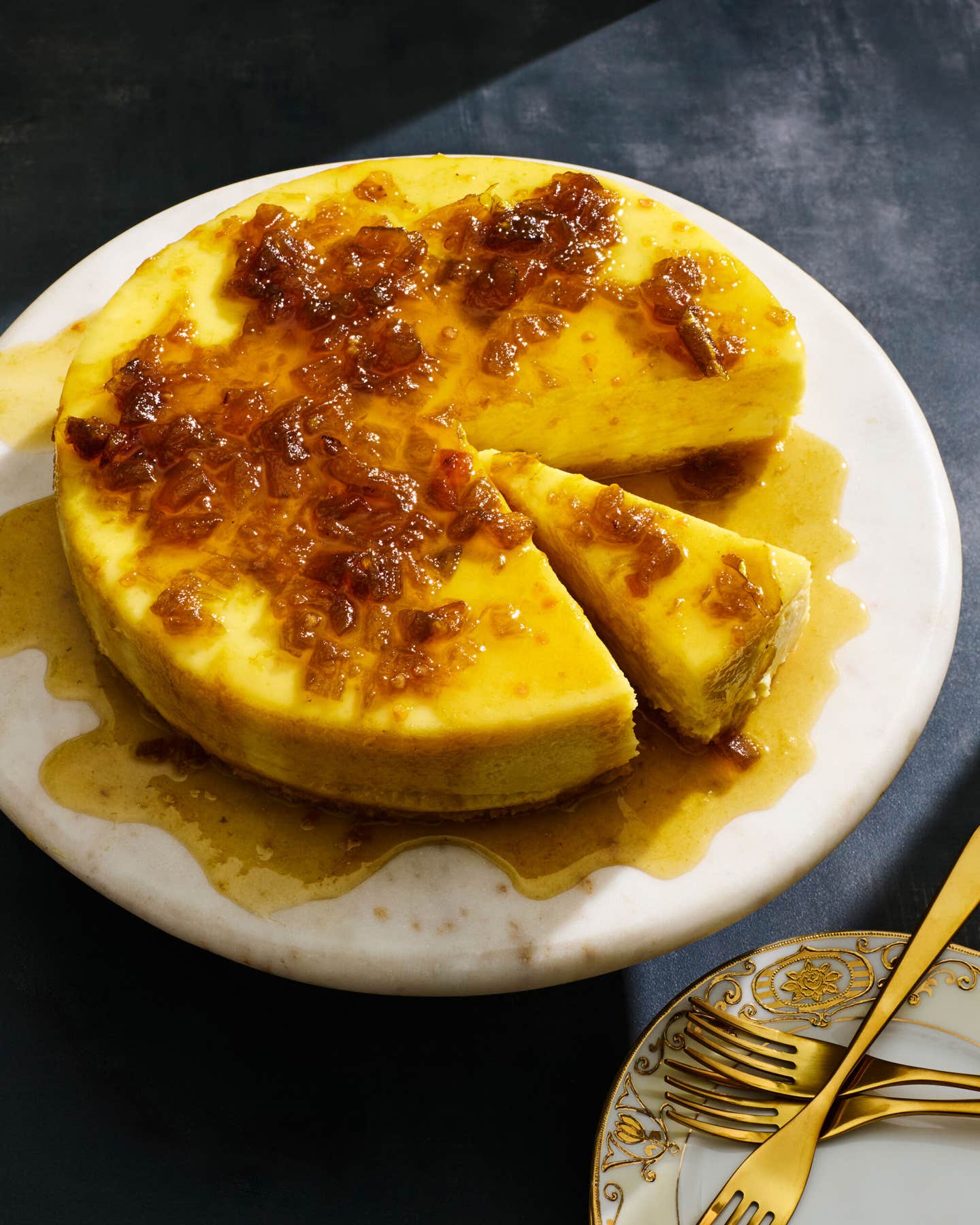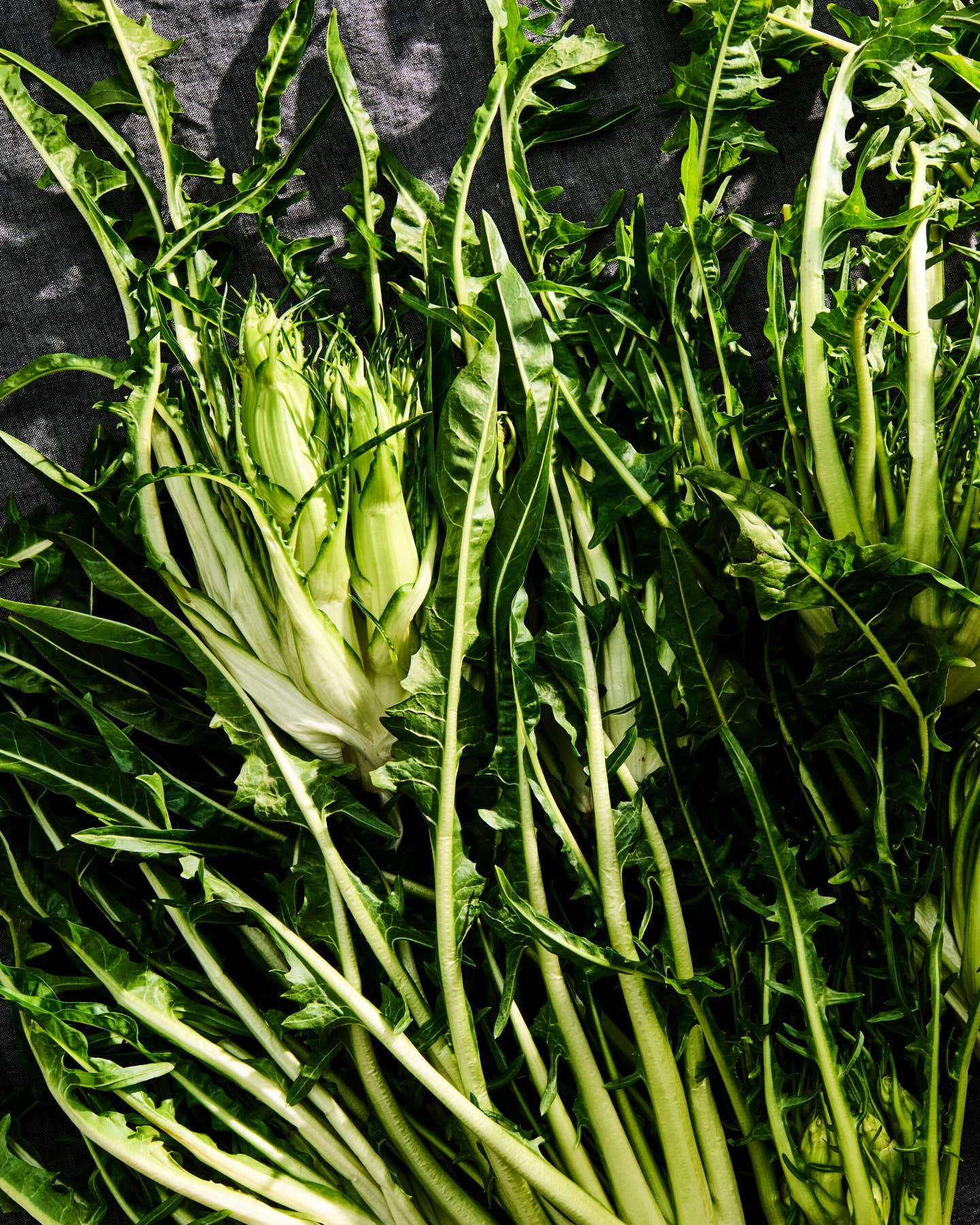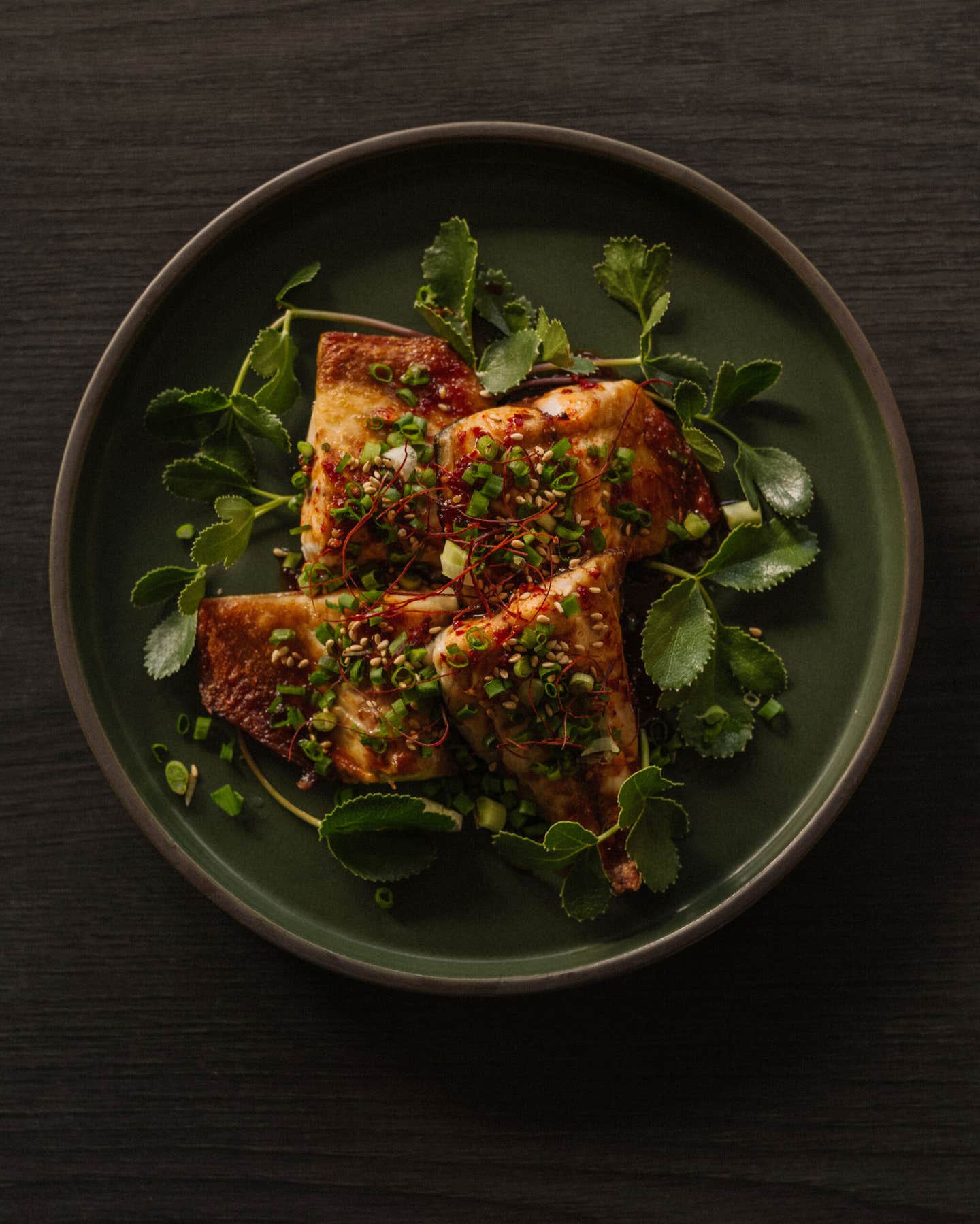
Flavor Packed
Sous vide cooking has been around for decades, but it wasn't until we started revisiting the restaurants featured in issue 119 (April 2009) that we realized just how prevalent it's become in professional kitchens. Sous vide means under vacuum in French; the process entails the use of a Cryovac machine to vacuum-seal foods in plastic bags before cooking them in precisely controlled water baths at low temperatures for hours and even days. It cooks meat and vegetables gently in their own juices and yields tender, flavorful results that even the slowest braise can't achieve. It also allows chefs greater control. "Given the size and volume of our restaurant, sous vide helps us to prepare dishes at a higher level of consistency," says Michael Anthony, the chef at Gramercy Tavern in New York City, where the cooks use it for chicken breasts and cauliflower. Sous vide was developed in France in the 1970s as a way to make inexpensive cuts of meat tender and juicy; though it harks back to older techniques such as cooking en papillote (in sealed parchment paper) and en bain marie (in a water bath), some chefs complain that sous vide deprives them of tactile pleasure. Indeed, most of the pros we talked with use it in tandem with other methods, such as sauteing and grilling. The equipment needed for sous vide cooking hasn't yet been adapted for home kitchens, but, given the technique's popularity, we probably won't have to wait much longer.
Keep Reading
Continue to Next Story





